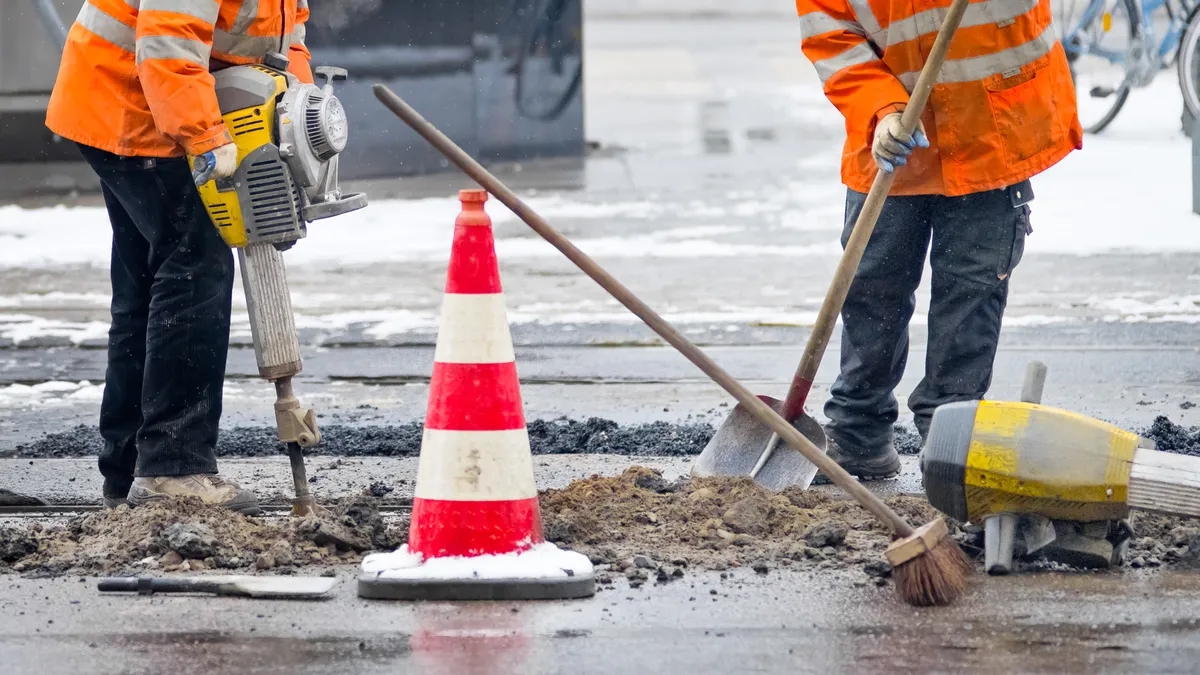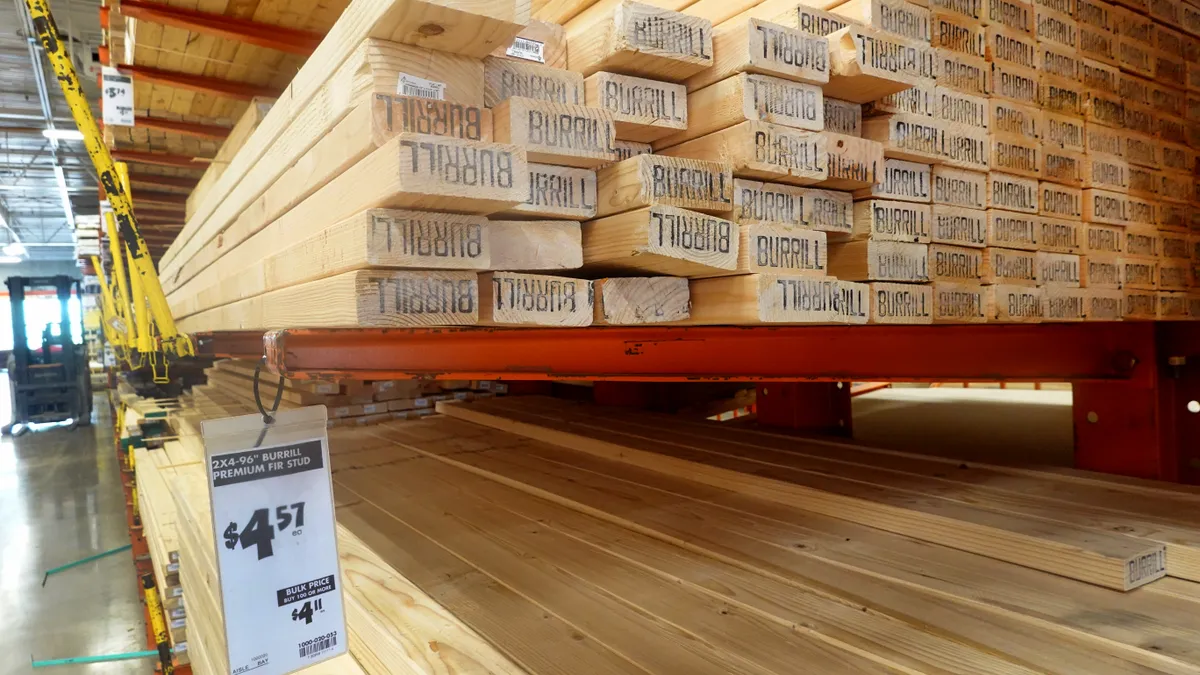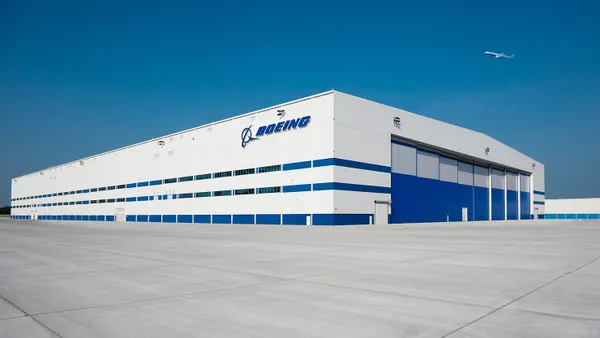Dive Brief:
- U.S. road work zone fatalities rose 7% from 2015 to 2016, according to the Chicago Tribune. A Federal Highway Administration official said fatalities increased nationally from 712 in 2015 to 765 in 2016 for several reasons, including more vehicular traffic, distracted driving (texting, talking on a cellphone, eating), and the growing number of roadside construction projects around the country. The highway administration said almost 19% (143) of those killed in work zones in 2016 were workers.
- One bright spot: In Illinois, work zone deaths decreased about 5% during the same period and by 34% from 2016 to 2017. Illinois officials said that a statewide education campaign and fewer road projects helped drive deaths down from 46 in 2015 to 29 in 2017. According to Illinois Department of Transportation (IDOT) Secretary Randy Blankenhorn, 80% of work zone fatalities are drivers, not construction workers.
- The highway administration is advocating for technological solutions that keep traffic flowing more smoothly through work zones and let drivers know what they can expect when driving through them. It also suggests that state DOTs perform road work at night or shut down roads to traffic before they start repairs or upgrades.
Dive Insight:
While Illinois had good news to share about the number of work zone deaths in 2017, many states tallied increases in such fatalities.
For example, Colorado work zone deaths more than doubled from seven deaths to 15 from 2016 to 2017, according to the Claims Journal. In Texas, construction zone deaths increased 9% from 2016 to 2017, and members of road crews made up about 4% of deaths. The leading causes of work zone fatalities in Texas, according to CBS DFW, were speeding and distracted driving.
The American Road & Transportation Builders Association earlier this month said in a press release that 500 of the 3,300 work zone deaths that occurred during the past five years were attributable to distracted driving, and that it is the responsibility of motorists to pay attention and drive more carefully through construction areas.
Construction workers who are standing by the side of the road or who work in close proximity to passing vehicles are particularly vulnerable to speeding or out-of-control vehicles, so many contractors employ their own safety measures. These include longitudinal barriers such as guardrails; barriers including crash cushions and truck-mounted crash attenuators; better lighting; breakaway signs and delineators; and other devices like cones, barrels, arrow panels and lighted signs.











